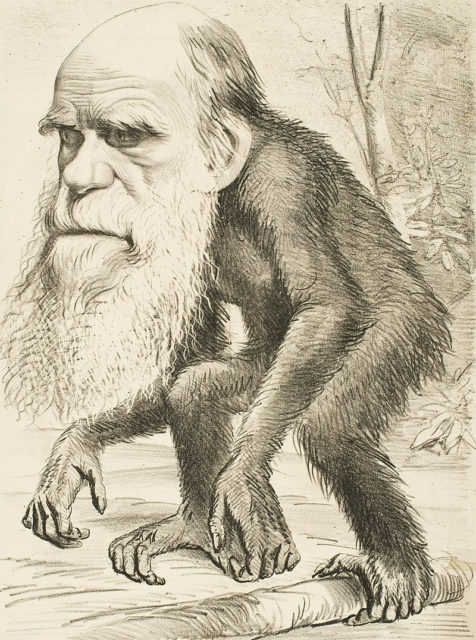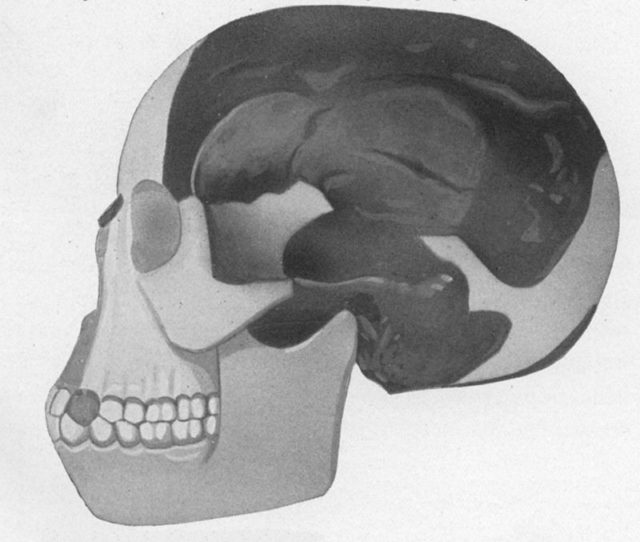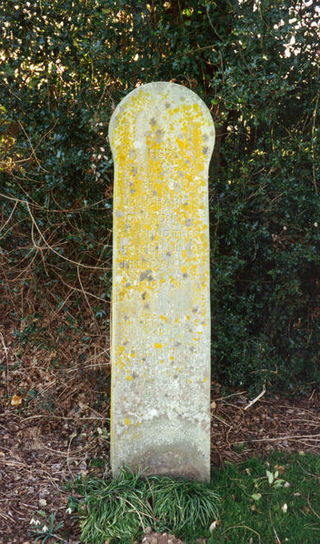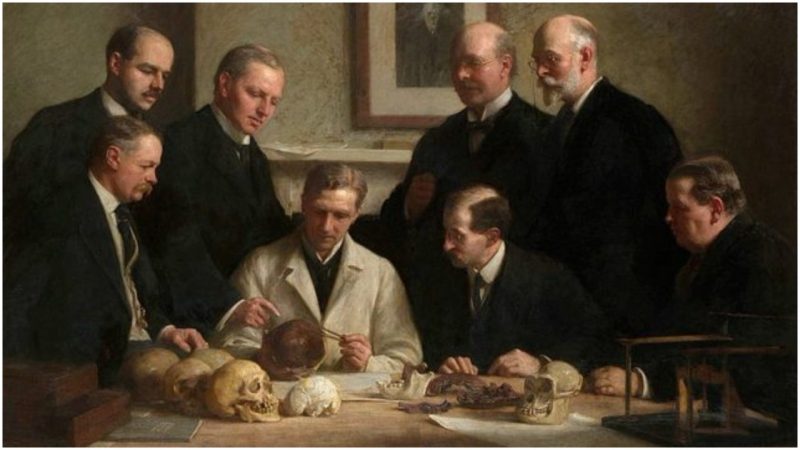When Charles Darwin introduced the theory of evolution in the mid-19th century, the scientific community of the late 19th and early 20th century eagerly tried to find the missing link between ape and man.Respected paleoanthropologists and amateur archaeologists of the time were equally determined to discover a site that would contain well-preserved remains that would prove that humans evolved from primates.
The early 20th-century quest to find the missing link was marked by the “Piltdown Man,” an elaborate paleoanthropological hoax that generated huge scientific attention throughout the world and remained unexposed for over 40 years.
In 1912, an amateur archaeologist named Charles Dawson contacted the geology department at the Natural History Museum and presented a human-like skull that he allegedly found in the Pleistocene gravel beds near Piltdown in East Sussex. The brain area of the skull was slightly smaller than that of a modern human, the jawbone resembled that of a young chimpanzee, and several teeth resembled that of an orangutan.
Arthur Smith Woodward, the keeper of the geology department, was interested in Dawson’s find and accompanied him to the site. At the site, they found fragments of another skull, similar to the one found by Dawson, and Woodward claimed that the skull was 500,000 years old and belonged to an ancient hominid, an ancestor of the modern human who represented the transitional stage between ape and man.

Although several prominent archaeologists of the time disputed the find and claimed that someone skillfully combined a human skull with several ape remains, their complaints were dismissed by the Royal Society. Dawson and Woodward announced their discovery at a Geological Society meeting in London and the species was named “Eoanthropus dawsoni,” “Dawson’s dawn-man.”
In 1915, three years after the original discovery of the skull, Dawson presented three fragments of a second skull to Woodward. They were supposedly found in Sheffield Park and were similar to the ones he said he found near Piltdown. Dawson died in August of 1916 and never disclosed the exact location where he allegedly found the second skull. However, Woodward presented the find to the Royal Society and claimed that he visited the site of the discovery.
Many members of the Royal Society and prominent figures of the scientific community of the time praised Dawson’s find and were convinced that “Dawson’s dawn-man” represented a previously unknown stage of human evolution. Since the scientific community supported nationalist notions and considered the United Kingdom the cradle of modern science, many prominent archaeologists were proud that the famous link between ape and man was found in England. Woodward even nicknamed the Piltdown man as “the Earliest Englishman.”

From 1916 until 1953, many researchers across the world presented reports that concluded the Piltdown Man was an elaborate hoax. However, their reports were ignored, and the Royal Society continued to propagate the Piltdown Man as a genuine ancestor of modern humans.
However, in 1953, Time magazine published a detailed report, written by Kenneth Page Oakley, Sir Wilfrid Edward Le Gros Clark, and Joseph Weiner, which proved that the skull of the Piltdown Man was a skillfully constructed fake. Extensive testing showed that it consisted of a 500-year old human skull, a lower jaw of an orangutan, and filed-down chimpanzee teeth.

Several suspects were initially blamed for the hoax, including Arthur Keith, Pierre Teilhard de Chardin, and none other than Sir Arthur Conan Doyle, but further testing proved that hoax was orchestrated by Charles Dawson, the original finder of the Piltdown Man. Dawson glued the fragments together with dentist’s putty and used local gravel and various stains to make the skull appear old.
Further investigation of Dawson’s career and his other discoveries in the fields of cryptozoology and paleoanthropology proved that Dawson built his reputation on deceit and various frauds. His fraudulent pursuit of fame remains a giant stain on the face of the British scientific community of the early 20th century.
